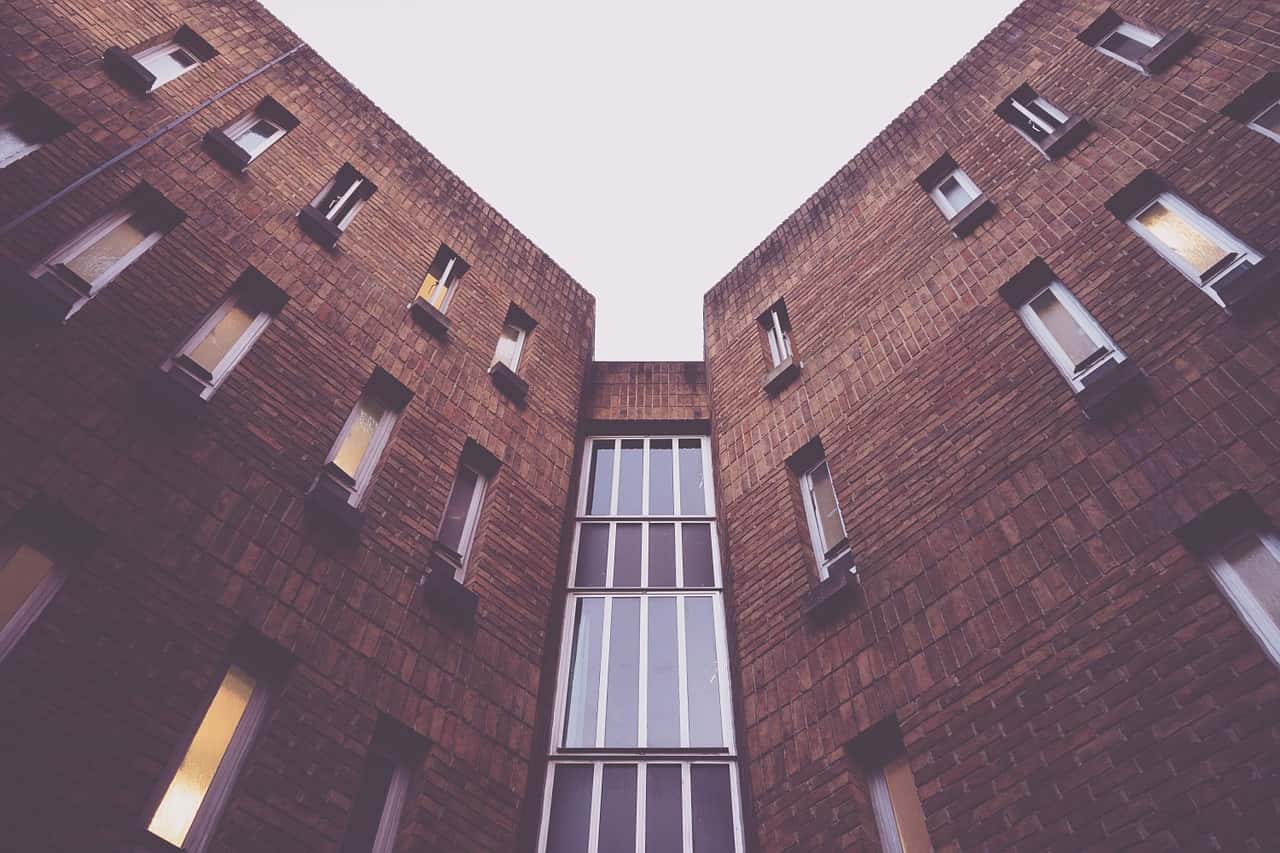Average Rent Growth Stays Steady While Increasing Faster For Larger Southern Schools
While some in the multifamily industry think the student housing market may be due for a correction, the sector still seems to be a strong choice for investors in 2019. Rent growth remains mostly steady at 1.8% (from mid-2018 to mid-2019), slightly up from 1.6% (from mid-2017 to mid-2018). Student preferences are also evolving, but not quickly enough to cause serious concerns for investors with a current foothold in the market. So, what exactly are students looking for in an apartment complex? What schools are experiencing the fastest student rent growth? Where should investors focus their efforts? What other trends are shaping the market? Let’s take a look.
Proximity to Campus, Amenities, and Wifi are Most Important to Residents
When looking at the elements that make a property desirable to students, distance from campus, amenities, and speedy wifi are among the most essential. From May 2018 to May 2019, student housing developments 0.5 miles or closer to college campuses experienced rent growth of 2.1%, while developments a mile or more away from campus only saw rent growths of 1.0%.
In addition, students may be willing to accept smaller living spaces, as long as properties are generally high-quality and offer amenities such as pools, common areas, and high-speed wifi. Wifi, in fact, is particularly important for students; while it won’t make a bad property profitable, poor internet could seriously impact the profitability of an otherwise high-quality property. Events are also important for residents and can also help a property’s marketing efforts. However, no matter how great a property is, location is still key when it comes to investing in or developing student housing.
Schools with the Fastest Rent Growth Include Brigham Young, Virginia Tech
From mid-2018 to mid-2019, the top five universities with the fastest rent growth included:
- Bowling Green State University (7.5%)
- Brigham Young University (7.2%)
- University of Nevada- Reno (7.0%)
- Virginia Tech (6.2%)
- Minnesota State University- Mankato (6.2%)
Looking at this list, we can see a few common denominators. Three of the five are southern schools with big football teams. Plus, each of the schools each has an approximate student population of between 20,000 to 30,000+ students, with the exception of Minnesota State University- Mankato, which has about 15,000 students. In addition, all are public universities, with the exception of BYU.
These trends are similar to 2018’s list, in which the highest student housing rent growth also occurred around state university campuses with relatively large student populations. While none of this is particularly shocking, it can still be important for investors who want to maximize the potential profitability of their student housing projects.

So, does this mean investors should look to invest in properties around these schools? Maybe. Three of the top 2018’s top five schools were also on the 2019 list. However, rent growth is somewhat cyclical and can easily be impacted by surges in supply due to pent up demand from previous years. For instance, Auburn University, which experienced 8.0% rent growth in 2018 (the number one spot), didn’t even reach the top 10 list in 2019, likely due to the surge of new units that came online this year. In fact, most of the school’s on 2019’s list have actually been facing an undersupply of student housing, increasing demand for current properties and thus increasing rent.
Overall, this means that investors shouldn’t simply look to the past-- they should look to see which schools have increasing student populations, especially those which have been experiencing student housing shortages during last few years. These schools could be the true stars for rent growth in 2020, 2021, and beyond.
What are the Other Important Trends in the Student Housing Industry?
For one, development is still occurring at a relatively fast pace. This month (August 2019), Landmark Properties announced that it was investing $1 billion in student housing developments, building a series of properties consisting of 4,450 beds in six states. In addition to domestic investment, foreign investment still seems to be growing, with foreign investors, particularly sovereign wealth funds and foreign pension funds, looking to acquire student housing portfolios across the U.S. as a way to diversify their investments in multifamily and commercial real estate.
What are the Best Ways to Finance Student Housing in 2019?
For those who qualify, Fannie Mae and Freddie Mac multifamily loans are generally the best way to finance student housing properties. Freddie offers LTVs up to 75%, while Fannie offers LTVs up to 80% for student housing properties, with minimum DSCRs generally around the 1.30x range (with some exceptions). Fannie and Freddie also offer portfolio loans for larger portfolios of student housing properties. Plus, borrowers may be able to achieve higher leverage and reduced DSCR requirements if they participate in Fannie and Freddie’s green financing programs, which require borrowers to reduce their building’s energy and water consumption.
For those who don’t qualify for agency loans (for whatever reason), CMBS also remains a good option, with LTVs up to 75% and minimum DSCRs of around 1.25x for most deals. Fannie, Freddie, and CMBS financing are all non-recourse with standard carve-outs. Other options include banks and life companies, though bank loans are generally fully recourse and life companies will typically only finance very high-quality properties with extremely strong borrowers.
